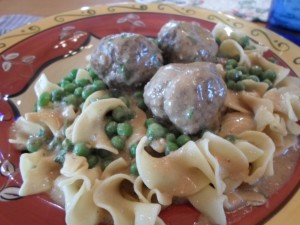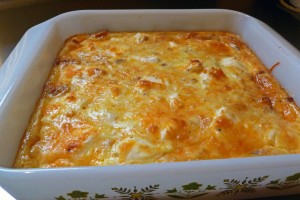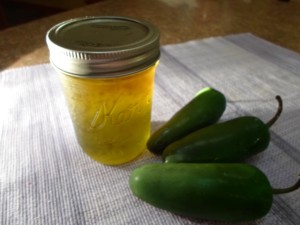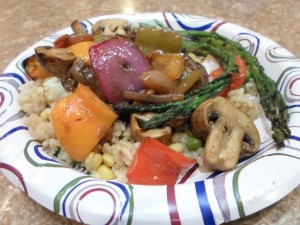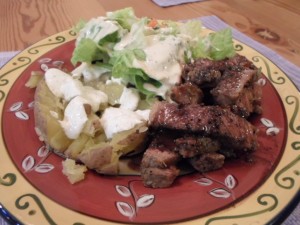Every year I plant a large garden. I usually order my seeds in February and when they come in, I sort them by those that will be directly sown into the soil and those that I’ll start in pots in the greenhouse for transplanting later. Of those seeds for transplanting, I sort by the number of weeks recommended to start before transplanting. It’s not real complicated; it just takes planning.
With the rainy weather, I’ve delayed transplanting and I’ve not planted any of the direct-sow seeds. My garden is too soggy to till by tractor or with the hand tiller, so last Saturday I used a broadfork to loosen the soil. (The joke is that a broadfork is a fork powered by a broad, budda-budda-ching – enough poorly executed slapstick.) It took about 30-45 minutes to turn up each row; another 30 minutes to further loosen the soil and remove weeds by hand; and finally prepare mounds for planting.
Although it is slow going, I have planted most of the tomatoes and the spaghetti squash started from seed. In fact, I had just planted the last squash when large rain drops started to fall. By the time I loaded the cart with tools, the rain was coming down hard. I felt a sense of accomplishment at having finally started planting. Hopefully those plants won’t drown and rot in the ground.
I still have more squash, eggplant, okra and peppers that need transplanting. I have even more to directly sow, but beginning feels good.
While the rain pounded down outside, I started dinner and was thankful to be safe, dry and warm inside. One of my husband’s favorite dinners is Swedish meatballs and it seemed to be the perfect comfort-food choice to end the day.
Swedish Meatballs
3 Tbsp. olive oil, divided
1 onion, small diced
2 cloves garlic, minced
1-1/2 pound ground beef
1 pound ground pork
3/4 c. breadcrumbs (I prefer Panko)
2 eggs
1/4 tsp. ground allspice
1/4 tsp. ground nutmeg
1/2 Tbsp. Kosher salt
1 tsp. black pepper
Gravy:
5 Tbsp. butter
1/2 c. all-purpose flour
5 c. beef broth
1 c. sour cream
Salt and pepper, to taste
3 Tbsp. fresh parsley, chopped
Heat 1 Tbsp. olive oil in a large heavy-bottomed skillet over medium heat. Cook onion and garlic until the onions become translucent. In a large bowl, combine beef, pork, breadcrumbs, eggs, allspice, nutmeg, cooked garlic and onion, salt and pepper. Mix well until all the ingredients are combined. Roll meatballs that are about 1-1/2 inches in diameter. I counted 28 meatballs rolled.
Add remaining olive oil to the skillet. Cook the meatballs in batches, allowing plenty of room to roll them around and brown all sides. Remove and let drain on a paper towel-lined plate.
Drain the grease from the skillet and wipe clean with a paper towel. To make the gravy, melt butter in the skillet. Whisk flour into the butter and cook until lightly brown. Gradually stir in the beef broth continuing to whisk until slightly thickened. Reduce heat and add the meatballs.
Cover and simmer for about 20 minutes. During that time, cook egg noodles, rice or potatoes to serve with the meatballs and gravy. Check on the meatballs occasionally while they simmer and stir.
Turn off the heat and move the meatballs to the side of the skillet. Whisk in the sour cream and gently stir the contents to combine. Work carefully so the meatballs don’t fall apart. Garnish with chopped parsley and serve.
I love fresh green peas, but frozen are a close second. I microwaved a bag of frozen peas and served them with the meatballs and gravy over egg noodles. We really enjoyed dinner and had leftovers for lunches. And the rain continued to fall.
Sunday on our way to church, we saw three men fishing for catfish on the bridge at Elm Creek. I’ve seen people fishing at the bridge on FM 514, but never far upstream on our little road. Fishing must have been pretty good too because they showed us a really large catfish they had just caught. When life gives you lemons, make lemonade.

